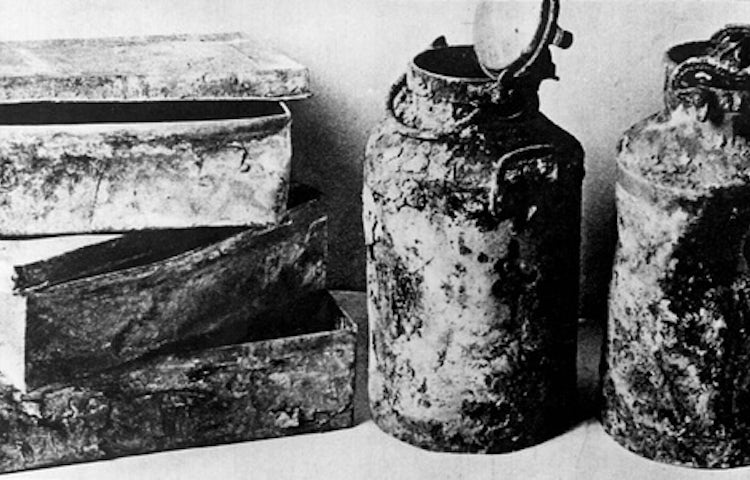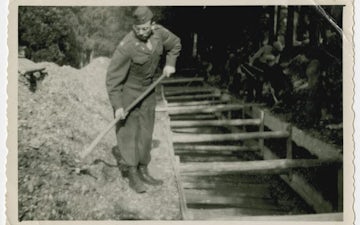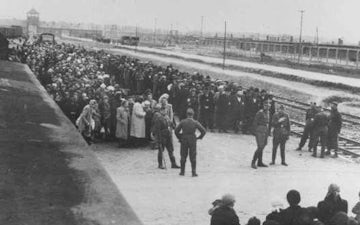
The Underground Archive of the Warsaw Ghetto, also known as the Ringelblum Archive, is one of the greatest singular collections documenting Jewish life in Poland under Nazi domination during World War II.
Beginning in 1941 at the initiative of Polish-Jewish historian Emanuel Ringelblum, Oneg Shabbat – a secret organization named for its weekly Saturday meetings – collected materials chronicling events in the Warsaw Ghetto and elsewhere.
The group carefully cataloged and preserved a wide range of materials including public records, press clippings, posters, flyers, tickets, invitations, food stamps, personal correspondence, journals, and diaries. The group also collected Nazi propaganda and other materials outlining German activities.
Once it became clear that the Warsaw Ghetto would be liquidated and the Oneg Shabbat members sent to concentration camps, each item was placed in metal crates and milk cans and buried in various locations. Ringelblum and most of the other Oneg Shabbat members did not survive the Holocaust. Those who did, returned in 1946 to unearth the first batch of documents. A second set was recovered in 1950. The recovered documents are in the Jewish Historical Institute in Warsaw: the third remains missing.




